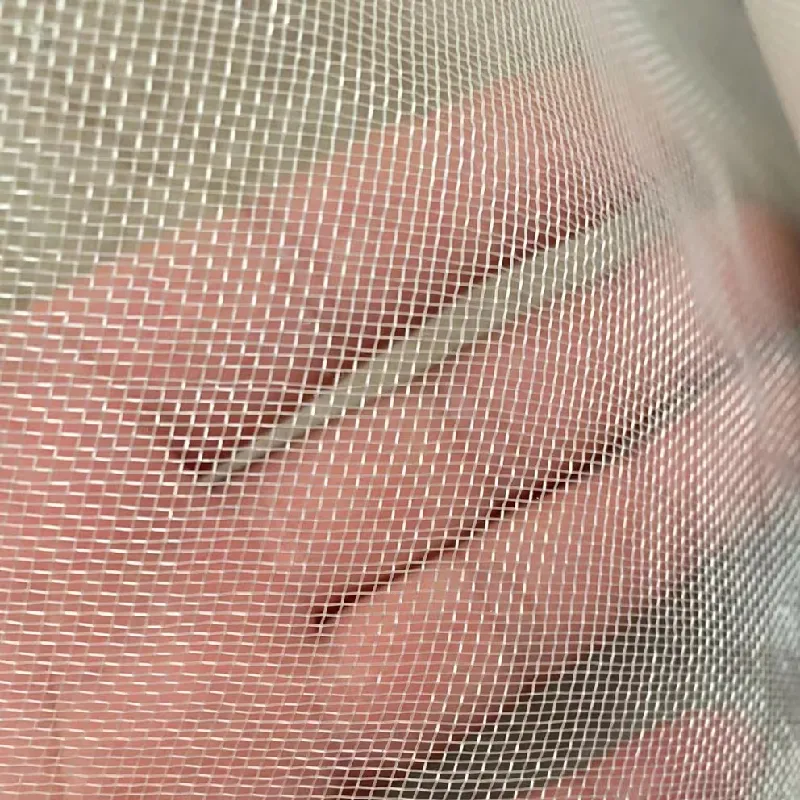-
 Afrikaans
Afrikaans -
 Albanian
Albanian -
 Amharic
Amharic -
 Arabic
Arabic -
 Armenian
Armenian -
 Azerbaijani
Azerbaijani -
 Basque
Basque -
 Belarusian
Belarusian -
 Bengali
Bengali -
 Bosnian
Bosnian -
 Bulgarian
Bulgarian -
 Catalan
Catalan -
 Cebuano
Cebuano -
 China
China -
 Corsican
Corsican -
 Croatian
Croatian -
 Czech
Czech -
 Danish
Danish -
 Dutch
Dutch -
 English
English -
 Esperanto
Esperanto -
 Estonian
Estonian -
 Finnish
Finnish -
 French
French -
 Frisian
Frisian -
 Galician
Galician -
 Georgian
Georgian -
 German
German -
 Greek
Greek -
 Gujarati
Gujarati -
 Haitian Creole
Haitian Creole -
 hausa
hausa -
 hawaiian
hawaiian -
 Hebrew
Hebrew -
 Hindi
Hindi -
 Miao
Miao -
 Hungarian
Hungarian -
 Icelandic
Icelandic -
 igbo
igbo -
 Indonesian
Indonesian -
 irish
irish -
 Italian
Italian -
 Japanese
Japanese -
 Javanese
Javanese -
 Kannada
Kannada -
 kazakh
kazakh -
 Khmer
Khmer -
 Rwandese
Rwandese -
 Korean
Korean -
 Kurdish
Kurdish -
 Kyrgyz
Kyrgyz -
 Lao
Lao -
 Latin
Latin -
 Latvian
Latvian -
 Lithuanian
Lithuanian -
 Luxembourgish
Luxembourgish -
 Macedonian
Macedonian -
 Malgashi
Malgashi -
 Malay
Malay -
 Malayalam
Malayalam -
 Maltese
Maltese -
 Maori
Maori -
 Marathi
Marathi -
 Mongolian
Mongolian -
 Myanmar
Myanmar -
 Nepali
Nepali -
 Norwegian
Norwegian -
 Norwegian
Norwegian -
 Occitan
Occitan -
 Pashto
Pashto -
 Persian
Persian -
 Polish
Polish -
 Portuguese
Portuguese -
 Punjabi
Punjabi -
 Romanian
Romanian -
 Russian
Russian -
 Samoan
Samoan -
 Scottish Gaelic
Scottish Gaelic -
 Serbian
Serbian -
 Sesotho
Sesotho -
 Shona
Shona -
 Sindhi
Sindhi -
 Sinhala
Sinhala -
 Slovak
Slovak -
 Slovenian
Slovenian -
 Somali
Somali -
 Spanish
Spanish -
 Sundanese
Sundanese -
 Swahili
Swahili -
 Swedish
Swedish -
 Tagalog
Tagalog -
 Tajik
Tajik -
 Tamil
Tamil -
 Tatar
Tatar -
 Telugu
Telugu -
 Thai
Thai -
 Turkish
Turkish -
 Turkmen
Turkmen -
 Ukrainian
Ukrainian -
 Urdu
Urdu -
 Uighur
Uighur -
 Uzbek
Uzbek -
 Vietnamese
Vietnamese -
 Welsh
Welsh -
 Bantu
Bantu -
 Yiddish
Yiddish -
 Yoruba
Yoruba -
 Zulu
Zulu
Effective Strategies for Implementing Guardrail Netting in Safety Enhancements
Guardrail Netting An Essential Safety Measure for Construction and Industrial Sites
In the realm of construction and industrial sites, safety is a paramount concern. With heavy machinery, elevated platforms, and a fast-paced environment, workers face numerous hazards daily. One of the critical safety measures that has gained attention in recent years is guardrail netting. This innovative solution offers a robust means of protecting workers and pedestrians from falling objects and potential accidents, ensuring a safer workplace.
Understanding Guardrail Netting
Guardrail netting is a safety system designed to prevent falls and protect against falling debris. Comprised of durable materials such as high-density polyethylene (HDPE), this netting is installed around the perimeters of scaffolds, rooftops, and other elevated work areas. Its robust design allows it to absorb the impact of falling objects, limiting the risk of injury to workers and bystanders below.
The primary purpose of guardrail netting is to enhance safety by creating a physical barrier. It operates on the principle of containment, capturing any tools or materials that may slip or fall during construction activities. By doing so, it significantly reduces the likelihood of accidents and injuries, thereby promoting a safer working environment.
Benefits of Guardrail Netting
1. Enhanced Safety The most significant advantage of guardrail netting is its ability to safeguard workers. By preventing tools, equipment, and materials from falling, it protects not only the individuals working on-site but also those passing by. This feature is particularly crucial in urban areas where construction sites are adjacent to public roads and pedestrian pathways.
2. Cost-Effectiveness Implementing guardrail netting can lead to substantial cost savings for construction companies in the long run. By reducing the incidence of workplace injuries and accidents, companies can minimize their liability and insurance costs. Furthermore, the time lost due to accidents is significantly reduced, leading to higher productivity levels.
guardrail netting

3. Easy Installation and Maintenance Guardrail netting is designed for quick and straightforward installation. It can be easily attached to existing structures without requiring extensive modifications. Additionally, the maintenance of guardrail netting is minimal, making it a convenient safety solution for various construction projects.
4. Adaptability The versatility of guardrail netting means it can be used in various settings, from small residential projects to large-scale commercial construction sites. Its adjustable design allows it to be fitted to different heights and configurations, ensuring comprehensive coverage and protection.
Implementing Guardrail Netting Effectively
For guardrail netting to be effective, proper installation and adherence to safety regulations are essential. Construction teams should assess the specific needs of their site and choose a netting system that meets industry standards. Regular inspections should be conducted to ensure that the netting remains intact and functional throughout the duration of the project.
Moreover, workers should be trained on the importance of guardrail netting and maintain a culture of safety on-site. Encouraging a proactive approach to safety not only protects individuals but also fosters a positive workplace environment.
Conclusion
Guardrail netting has emerged as a crucial component of workplace safety in construction and industrial settings. By providing a reliable barrier against falling objects and enhancing overall safety, this innovative solution plays a vital role in protecting workers and the public. As the industry continues to evolve and prioritize safety, investing in guardrail netting will undoubtedly prove to be a wise decision for construction companies aiming to create a safer working environment for all.
-
Shipping Plastic Bags for Every NeedNewsJul.24,2025
-
Safety Netting: Your Shield in ConstructionNewsJul.24,2025
-
Plastic Mesh Netting for Everyday UseNewsJul.24,2025
-
Nylon Netting for Every UseNewsJul.24,2025
-
Mesh Breeder Box for Fish TanksNewsJul.24,2025
-
Expanded Steel Mesh Offers Durable VersatilityNewsJul.24,2025











